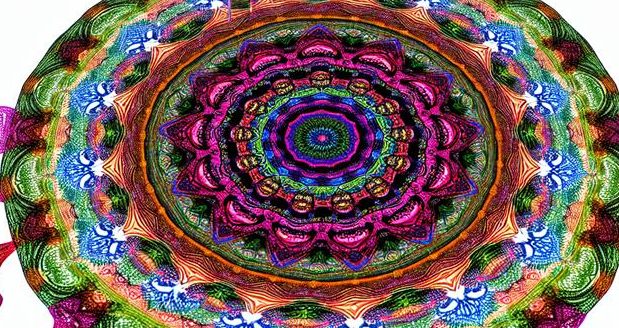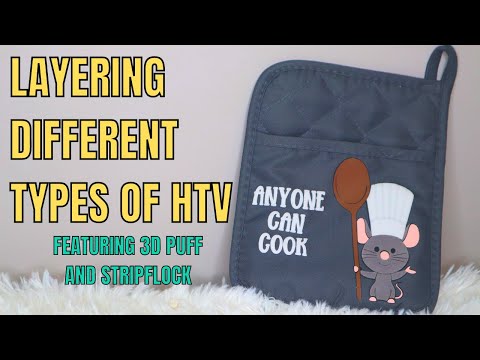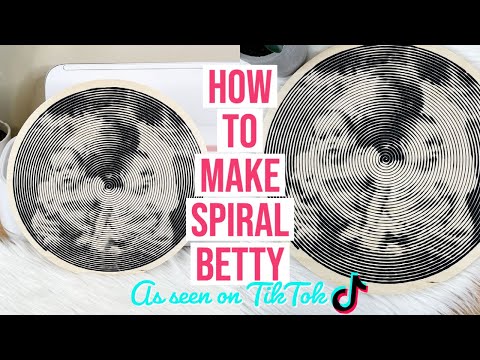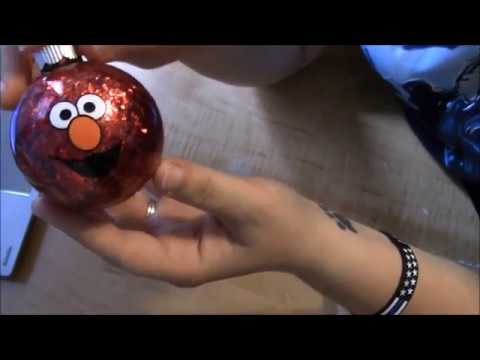How to Layer HTV

How to Layer HTV Vinyl Effectively
There are many different kinds of HTV and How to Layer HTV, each with its own set of pros and cons. For example, some types of HTV are better for transferring to cotton and polyester blends than others.
The color selection is also an important factor to consider when choosing HTV. A wide color palette helps you create a variety of designs with ease.
1. How to Layer HTV – Lay Your Design Out
Whether you’re creating a custom t-shirt or simply want to add a fun and unique design, layering HTV is an excellent way to make your designs stand out.
Before you start the layering process, you’ll need to lay your design out properly. This includes centering your design and positioning it how you want it to look in your final product.
This step isn’t always easy to do, so you may have to experiment with different techniques until you get the hang of it. The key is to make sure your first layer is smooth and that it’s placed right-side up.
2. Press the First Layer
Heat transfer vinyl, also known as HTV, is a type of specialty vinyl that can be applied to clothing or fabric items. It is typically used on T-shirts and other garments to create custom designs.
Unlike regular vinyl, HTV uses a heat-activated adhesive backing and can be pressed onto a fabric item with sufficient time, temperature, and pressure to permanently adhere the design.
Using a vinyl cutter, like a Silhouette CAMEO or Brother ScanNCut, to cut digital designs into the vinyl allows for easy heat transfer of the design to a garment. The resulting custom apparel can be customized to the user’s preferences and is often very durable.
3. How to Layer HTV – Peel the Carrier Sheet
If you’re using a specialty HTV such as Buffalo Plaid or Snowflakes, you may need to peel the carrier sheet before applying your first layer. This will prevent the carrier from embedding in the bottom layer and ensure your design looks crisp and sharp!
The carrier sheet is the clear plastic liner that comes on HTV vinyl. It comes in different tack levels, and you need to choose the right one for your HTV and design.
The best way to peel the carrier sheet is to press it for no more than 5 seconds. If you don’t get the heat transfer to come off the first time, repeat the process a few times until it does.
4. Apply the Second Layer
Layering heat transfer vinyl is a great way to create custom t-shirts that are more detailed and unique. However, it’s important to know how to do it effectively.
First, you should know what type of HTV you want to use. For example, you can’t layer HTV thats a flock heat transfer vinyl with glitter or other specialty iron-ons because they don’t adequately adhere to each other.
Another tip is to always make sure the bottom layer of your design doesn’t overbake. This can cause the adhesive to leak out from under the vinyl and will ultimately make it come apart in the wash.
5. How to Layer HTV – Press the Third Layer HTV
HTV, or heat transfer vinyl, is a great way to decorate your t-shirts and other garments. It is durable and versatile, and comes in a wide variety of colors and patterns.
It is also easy to use and can be customized to fit your needs. It can be cut into any shape or size you need, weeded (removing the excess) and then fused to a t-shirt with a heat press.
The key to success with HTV is to follow the guidelines given in the instructions and on the product packaging. If you don’t, your print may not adhere properly and could result in blemished and ruined items.
6. Peel the Carrier Sheet
The carrier sheet is an important part of layering heat transfer vinyl. It keeps your design in place while you weed, and allows you to apply multiple layers of HTV in one press.
Depending on the temperature of the vinyl, you will have to peel the carrier sheet after pressing. Check your HTV’s label for the correct peel condition (hot, warm, or cool).
If it is hot peel, you need to remove it right away after pressing. If it’s warm peel, wait at least 15-30 seconds before removing it. If it’s cool peel, you need to let your project cool completely before removing the plastic backing.







